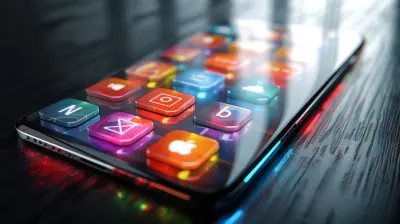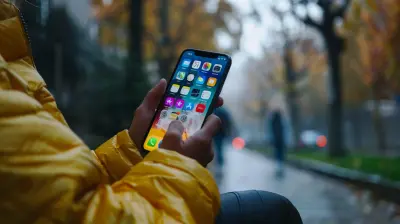Developing Apps for the Internet of Things (IoT): A Guide
27 May 2025
The Internet of Things (IoT) is no longer a futuristic concept—it’s already integrated into our daily lives. From smart thermostats that adjust your home's temperature to wearable fitness trackers that log your steps, IoT is weaving itself into everything. But what powers these devices? Apps!
Developing IoT apps is an exciting yet complex journey. It involves connecting physical devices with software, handling massive amounts of data, and ensuring security. If you're a developer or aspiring to be, this guide will walk you through everything you need to know about building powerful, intuitive IoT applications.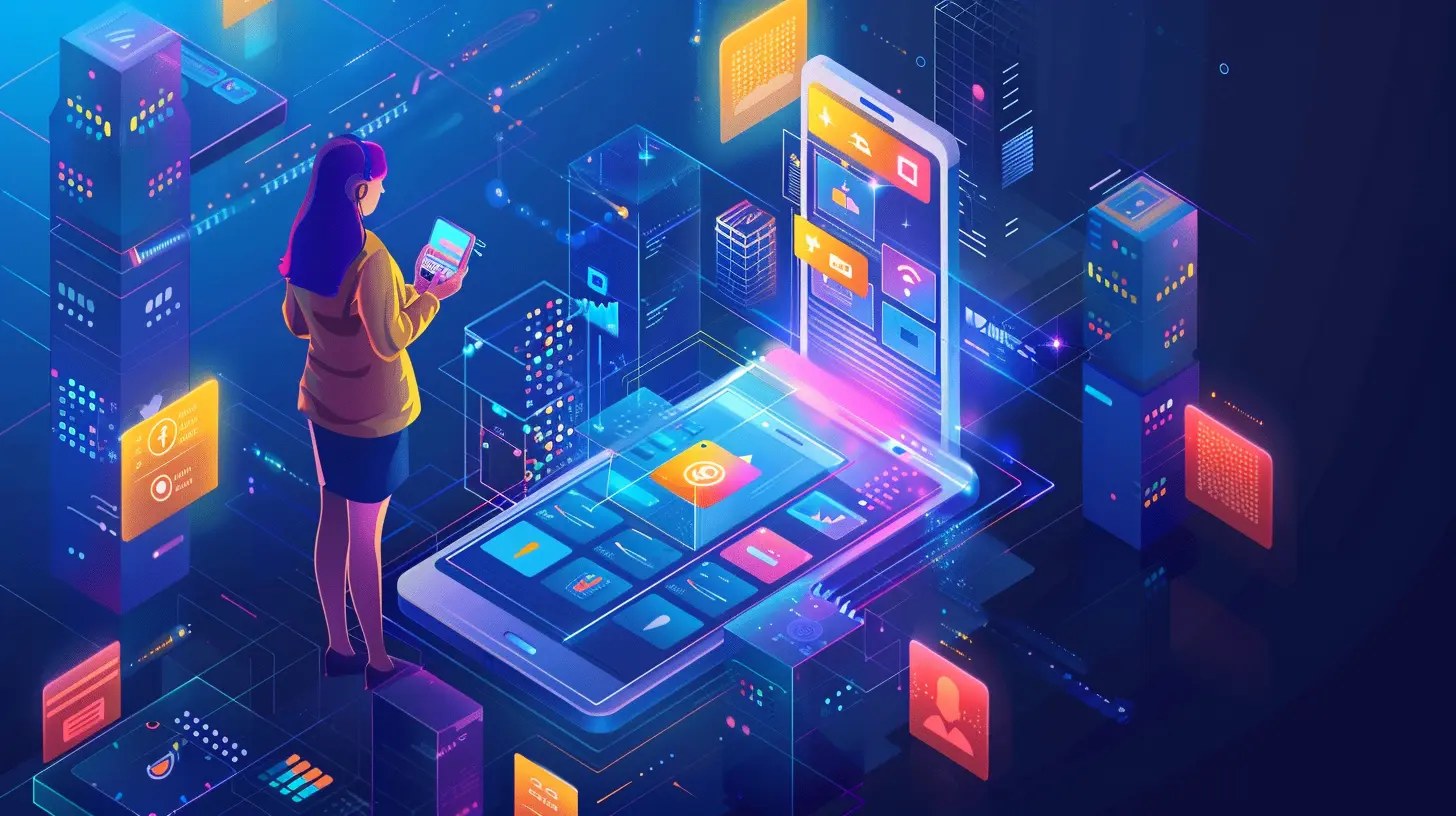
What Is IoT App Development?
IoT app development is all about creating software that allows users to interact with connected devices. Whether it’s controlling smart home gadgets, monitoring industrial equipment, or tracking health metrics, these apps serve as a bridge between users and the physical world.Unlike traditional apps, IoT applications must communicate with hardware, process real-time data, and often integrate with cloud systems. This makes development a bit trickier—but also way more exciting!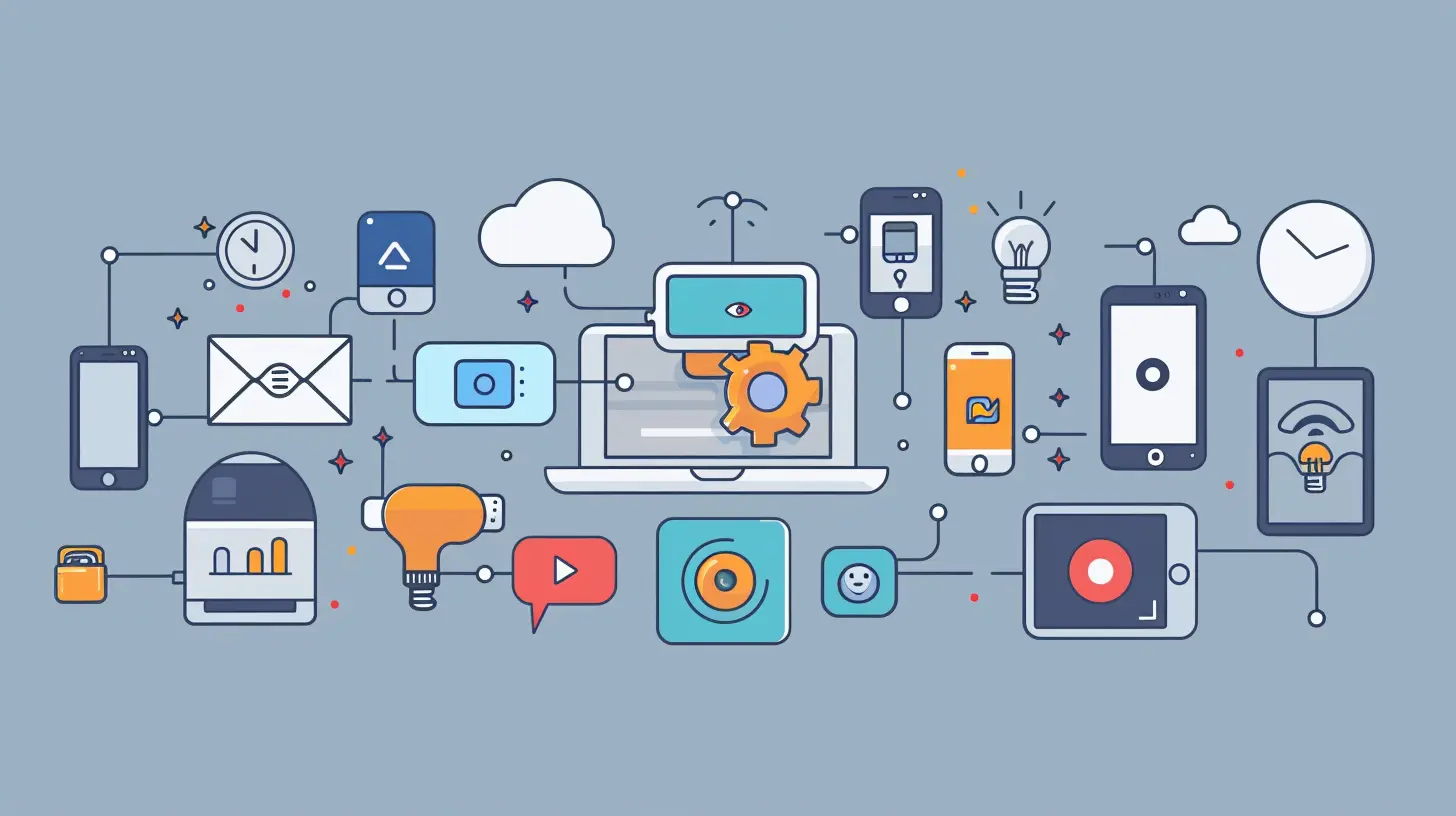
Key Components of an IoT App
Before diving into the development process, let’s break down the essential components of an IoT application:1. Things (Devices & Sensors)
These are the physical devices that collect data or perform actions. Think smart bulbs, fitness trackers, or industrial sensors.2. Connectivity
IoT devices need a way to send and receive data. Common communication methods include Wi-Fi, Bluetooth, Zigbee, Cellular, and LPWAN.3. Cloud Backend
Since IoT devices generate tons of data, a cloud infrastructure is often used for storage, processing, and analytics.4. User Interface (Mobile/Web Apps)
The frontend—be it a mobile app or a web dashboard—is where users interact with the IoT system.5. Security
Because IoT devices deal with personal and often sensitive data, security measures like encryption, authentication, and secure APIs are crucial.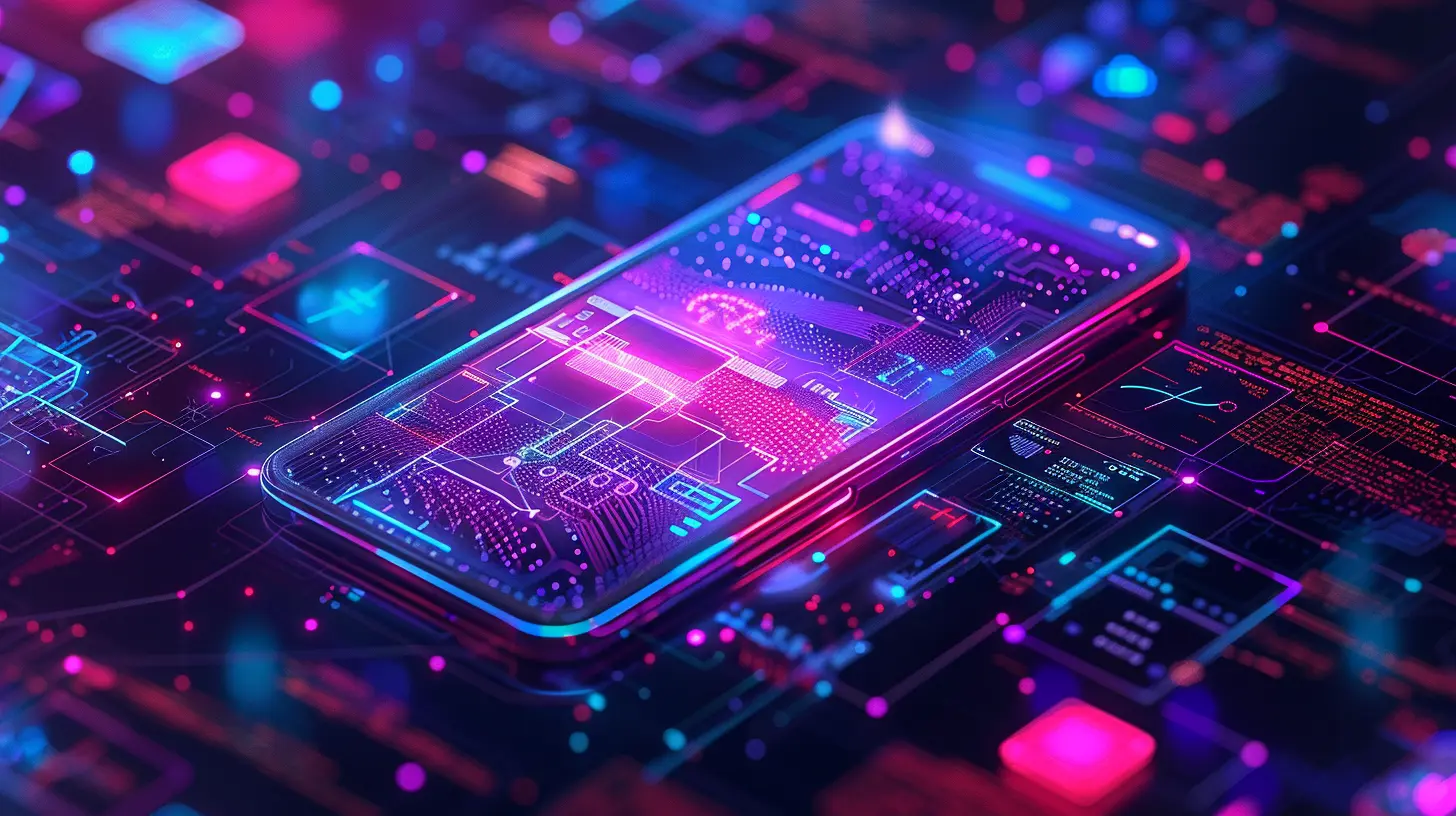
Steps to Develop an IoT App
Now that we understand the basics, let’s get into the step-by-step process of developing an IoT app.1. Define Your IoT App’s Purpose
Before writing a single line of code, ask yourself: What problem is this app solving? Is it improving home automation, optimizing industrial processes, or enhancing healthcare?Clearly defining your app’s purpose will help you make smart decisions related to hardware, software, and user experience.
2. Choose the Right Hardware
Selecting the right IoT hardware is as important as the software itself. Consider factors like:- Sensors: What kind of data needs to be collected?
- Power Consumption: Will the device be battery-powered or plugged in?
- Connectivity: Does the device need Wi-Fi, Bluetooth, or cellular data?
If you're unsure, consider using development platforms like Raspberry Pi or Arduino to prototype your IoT device.
3. Select the Right IoT Platform
An IoT platform is the foundation of your app. It handles device management, data processing, and connectivity. Some popular IoT platforms include:- AWS IoT Core
- Google Cloud IoT
- Microsoft Azure IoT
- IBM Watson IoT
Choosing the right platform depends on factors like scalability, integration with existing systems, and security features.
4. Develop the Software (Backend & Frontend)
IoT app development consists of two major parts:Backend Development
The backend serves as the brain of your IoT app, handling data processing, logic, and cloud interactions. Commonly used technologies include:- Programming Languages: Python, Node.js, or Java
- Databases: MongoDB, Firebase, or PostgreSQL
- Cloud Services: AWS, Google Cloud, or Azure
Frontend Development
Users interact with IoT devices through an intuitive interface. Whether it’s a mobile app or a web dashboard, ensure your frontend is:- User-friendly
- Responsive
- Secure
For mobile apps, you can use frameworks like React Native, Flutter, or native development (Swift for iOS, Kotlin for Android).
5. Implement Robust Security Measures
Security in IoT is a big deal. A single vulnerability can compromise millions of devices. To keep your IoT system safe:- Encrypt all data (both in transit and at rest)
- Use strong authentication methods (OAuth, biometrics)
- Regularly update firmware to patch vulnerabilities
- Implement secure coding practices to prevent SQL injection, cross-site scripting, etc.
6. Test Your IoT App Thoroughly
IoT app testing isn’t just about checking for bugs—it’s about ensuring seamless interaction between hardware, backend, and frontend. Focus on:- Functional Testing: Does the app work as expected?
- Performance Testing: Can it handle large amounts of data?
- Security Testing: Are there any vulnerabilities?
- Usability Testing: Is the app easy to use?
Using real devices for testing rather than simulators will give you a more accurate understanding of performance.
7. Deploy & Monitor Your App
Once everything works perfectly, it’s time to deploy your app. Whether you launch it through an app store or as an enterprise solution, keep these in mind:- Continuous Monitoring: Use analytics tools to track usage and performance.
- Regular Updates: Improve the app based on user feedback.
- Bug Fixes: Address issues promptly to enhance reliability.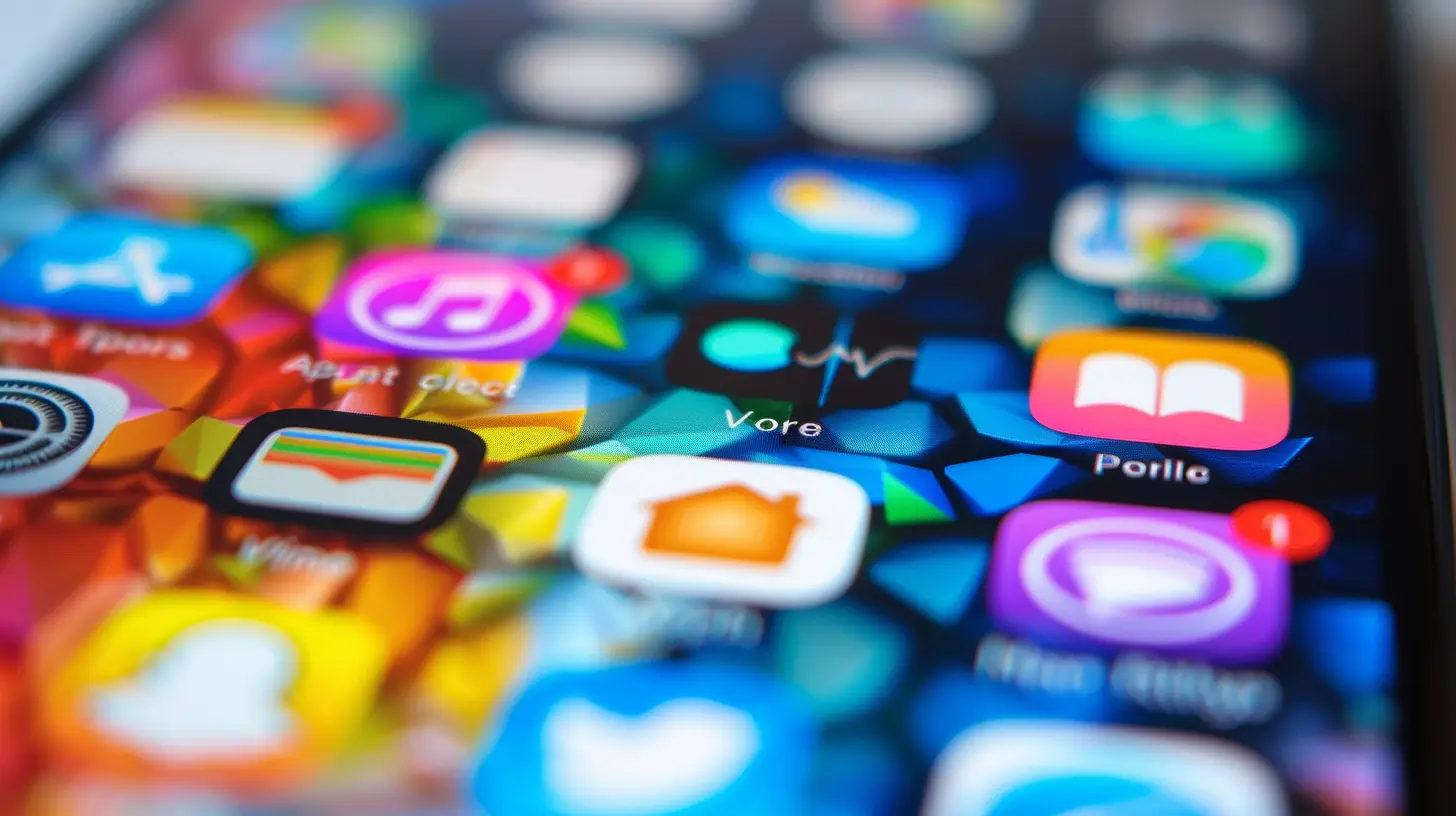
Challenges in IoT App Development (And How to Overcome Them)
Developing IoT applications isn’t always smooth sailing. Here are some common challenges and how to tackle them:1. Connectivity Issues
IoT devices depend on stable connectivity. If your device loses connection often, consider:- Implementing offline modes
- Using multiple connectivity options (Wi-Fi + Cellular)
- Optimizing data transmission to reduce load
2. Security Concerns
Since IoT devices are constantly collecting data, they’re attractive targets for cyberattacks. Strengthen security by:- Implementing end-to-end encryption
- Regularly updating firmware
- Using multi-factor authentication
3. Scalability
As your IoT network grows, handling a massive number of devices can be overwhelming. To scale effectively:- Use cloud-based solutions with auto-scaling
- Optimize data processing for efficiency
- Implement modular architecture
Future of IoT App Development
IoT is evolving rapidly, and its future is packed with exciting possibilities:- 5G Integration will enhance IoT capabilities with faster speeds and lower latency.
- AI & Machine Learning will allow devices to make smarter decisions.
- Edge Computing will reduce reliance on cloud processing, improving speed and efficiency.
For developers, this means one thing: more opportunities to innovate and create groundbreaking IoT applications.
Final Thoughts
Building IoT apps isn't just about writing code—it’s about creating seamless interactions between the physical and digital worlds. While it comes with its challenges, the impact of IoT on industries like healthcare, smart cities, and manufacturing makes it an exhilarating field to explore.So, whether you're a seasoned developer or just getting started, now is the perfect time to dive into IoT app development. Who knows? The next big IoT innovation could come from you!
all images in this post were generated using AI tools
Category:
App DevelopmentAuthor:

Michael Robinson
Discussion
rate this article
3 comments
Cash Vaughn
Building apps for IoT is like teaching cats to use a smartphone—exhilarating and a bit chaotic! Let’s hope the robots appreciate our creativity as much as we do!
June 3, 2025 at 10:22 AM

Michael Robinson
Absolutely! Navigating IoT development can be unpredictable, but it's our creativity that makes it worthwhile. Let's keep innovating!
Maxwell Howard
Get ready to innovate! IoT apps are the future!
June 3, 2025 at 2:43 AM

Michael Robinson
Absolutely! Innovation in IoT apps will drive the next wave of technology. Excited to share insights in the guide!
Noemi Fry
Thank you for this insightful guide on IoT app development! Your clear explanations and practical tips make navigating this complex field much easier for developers like me.
May 29, 2025 at 3:18 AM

Michael Robinson
Thank you for your kind words! I'm glad you found the guide helpful. Happy developing!
